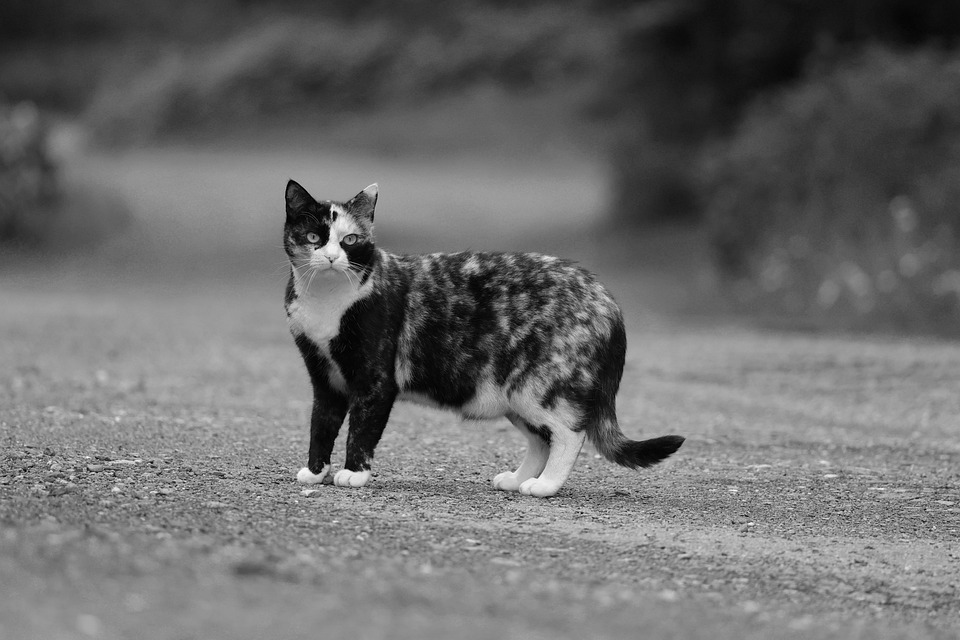Cats can experience a variety of skin conditions that can cause discomfort and affect their overall quality of life. As a responsible pet owner, it is crucial to understand these skin issues, their causes, symptoms, and available treatments. In this article, we have explored the top five skin conditions in cats and addressed frequently asked questions to help owners better care for their feline companions.
The first common skin condition in cats is allergies. Cats can be allergic to environmental allergens such as pollen and dust mites, as well as food allergies and flea bites. Symptoms include excessive scratching, hair loss, redness, skin inflammation, sneezing, and watery eyes. Treatment options include identifying and avoiding allergens, administering antihistamines, providing a hypoallergenic diet, and implementing flea control measures.
Feline acne is another prevalent skin condition in cats. It can be caused by overactive sebaceous glands, poor grooming, stress, or allergies. Symptoms include blackheads on the chin, redness, swelling, pustules, and hair loss. Treatment involves gentle cleaning with an antibacterial solution, using topical antiseptics, and using ceramic or stainless-steel food bowls.
Ringworm is a fungal infection that can affect cats. It is caused by various fungal species, including Microsporum canis, Microsporum gypseum, and Trichophyton mentagrophytes. Symptoms include circular patches of hair loss, redness, crusty lesions, and itching. Treatment includes the administration of antifungal medication (oral or topical), thorough cleaning of the environment, and isolating infected cats.
Flea allergy dermatitis is a skin condition caused by a cat’s hypersensitivity to flea saliva. Symptoms of flea allergy dermatitis include severe itching, hair loss, scabs, redness, inflamed skin, and the presence of flea dirt (black specks) on the fur. Treatment options include flea prevention (topical or oral), regular grooming, and the use of antihistamines or corticosteroids for severe cases.
Miliary dermatitis is another common skin condition in cats, often caused by allergies (fleas, food, or environmental) or bacterial and fungal infections. Symptoms include small, raised red bumps, scabs, itching, hair loss, and crusty skin. Treatment involves eliminating the underlying causes, implementing flea control measures, providing a hypoallergenic diet, and administering antibiotics or antifungal medications.
To address common concerns, we have provided answers to frequently asked questions. It is important to note that while maintaining good hygiene, regular grooming, and providing a balanced diet can help minimize the risk of skin issues in cats, some conditions may be genetic or difficult to prevent entirely. Certain skin conditions, such as ringworm, can be transmitted from cats to humans, so seeking medical attention and isolating infected cats is crucial. Before using any over-the-counter products for treating a cat’s skin condition, it is advisable to consult with a veterinarian to ensure the appropriate treatment is administered. Regular veterinary check-ups, maintaining a clean environment, and avoiding known allergens can help reduce the chances of a cat developing allergies. Lastly, it is strongly recommended to seek veterinary care for any persistent or worsening skin condition in cats, as a veterinarian can provide an accurate diagnosis and the most appropriate treatment plan.
In conclusion, being aware of the top five skin conditions in cats allows owners to recognize symptoms, seek timely veterinary care, and provide necessary treatment. Prioritizing a cat’s skin health ensures they lead a comfortable and happy life. Remember to consult a veterinarian for proper diagnosis and guidance on managing your cat’s skin issues.








